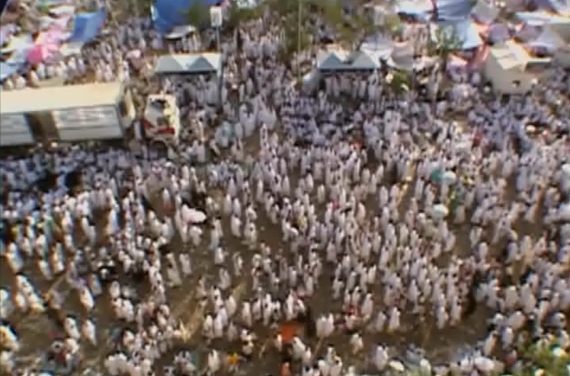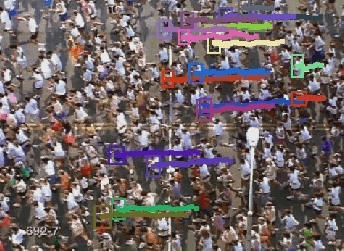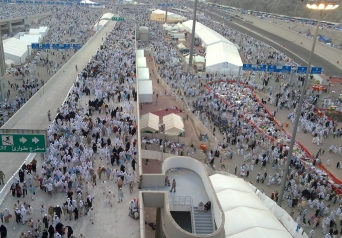Invited Speakers
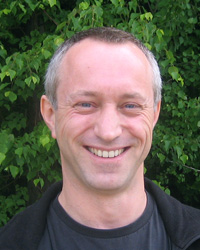 Prof. Dr. Armin Seyfried |
Quantitative Verification of Crowd ModelsDensity, velocity and flow are helpful physical concepts to quantitatively describe the dynamic of crowds. Unfortunately the data provided by the literature are far from being satisfactory. E.g. values for the density where stopping could be expected due to overcrowding range from 3.8 1/m² to 10 1/m². The contribution gives a critical review of the experimental data base for the velocity - density relation. To resolve the discrepancies in the literature we perform controlled experiments to determine individual trajectories. In combination with advanced measurement methods we calculate densities and velocities with high accuracy on a microscopic scale. With the help of these data a concept for a systematic development and verification of crowd models is proposed. |
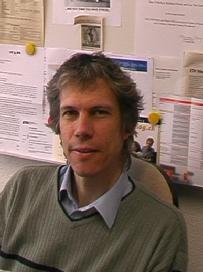 Prof. Luc Van Gool |
Walking With CrowdsIn this talk, I give an overview of work done at ETH about the way people walk in crowds. We developed a model, the so-called Linear Trajectory Avoidance model, to predict such behaviour. In the talk, the model will be sketched, but the focus will be on experiments where this model is used. Moreover, people often walk in smaller or bigger groups. Under such circumstances, they will adapt their own walking behaviour, but also other people will adapt to the grouping relations which they perceive. This aspect is also touched upon. |
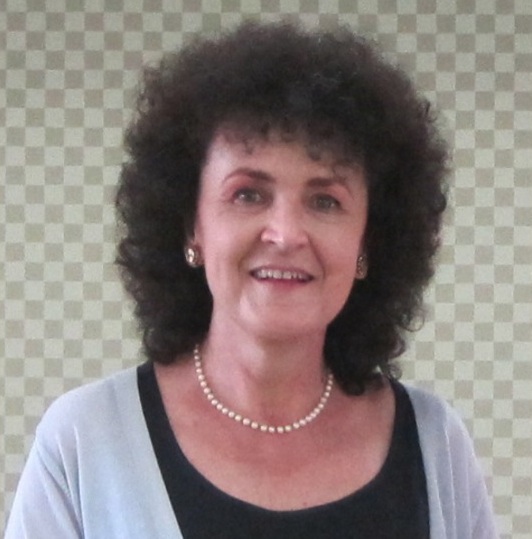 Prof. Stefania Bandini |
Modeling a Crowd of Groups: Multidisciplinary and Methodological ChallengesThe main aim of this talk is to stress the need of multidisciplinary knowledge to cope with modeling and simulation of crowd behavior in order to support the increasing demand of computer-based support systems for crowd management and public spaces design. More knowledge about crowd phenomena is required to create advanced modeling techniques taking in account social, psychological and cultural feature characterizing crowds and crowded events. Moreover, the design of innovative methodological frameworks to integrate heterogeneous knowledge sources requires facing both advanced technologies and human sciences. In the talk, the example of the case of groups of pilgrims at the new Arafat Station of the Mashaer Trail Line in Saudi Arabia will be used to illustrate challenges and opportunities for the development of models and simulation systems supporting the design of comfort-based services and facilities at the Muslims Pilgrimage at Makkah (Hajj). |
 Prof. Demetri Terzopoulos |
Virtual Vision: Computer Vision in Virtual RealityRealistic virtual worlds can serve as software laboratories within which vision researchers may efficiently develop and evaluate sophisticated, active machine perception systems. Known as "Virtual Vision", this unorthodox philosophy posited at the intersection of the fields of computer vision and computer graphics, enables virtual reality to subserve computer vision research. In the context of this new paradigm, this talk will focus on the rapid development and evaluation of distributed smart-camera sensor networks and intelligent surveillance systems that can persistently monitor humans in large-scale urban environments. The visually realistic virtual environments exploited in this work are populated by autonomous virtual humans, which are the product of a comprehensive, artificial life approach to multi-human simulation. |
